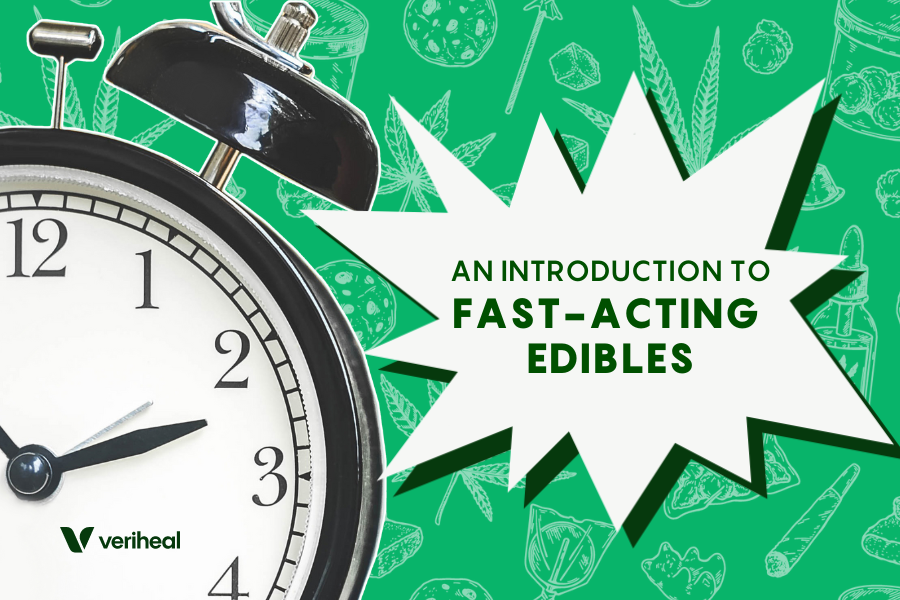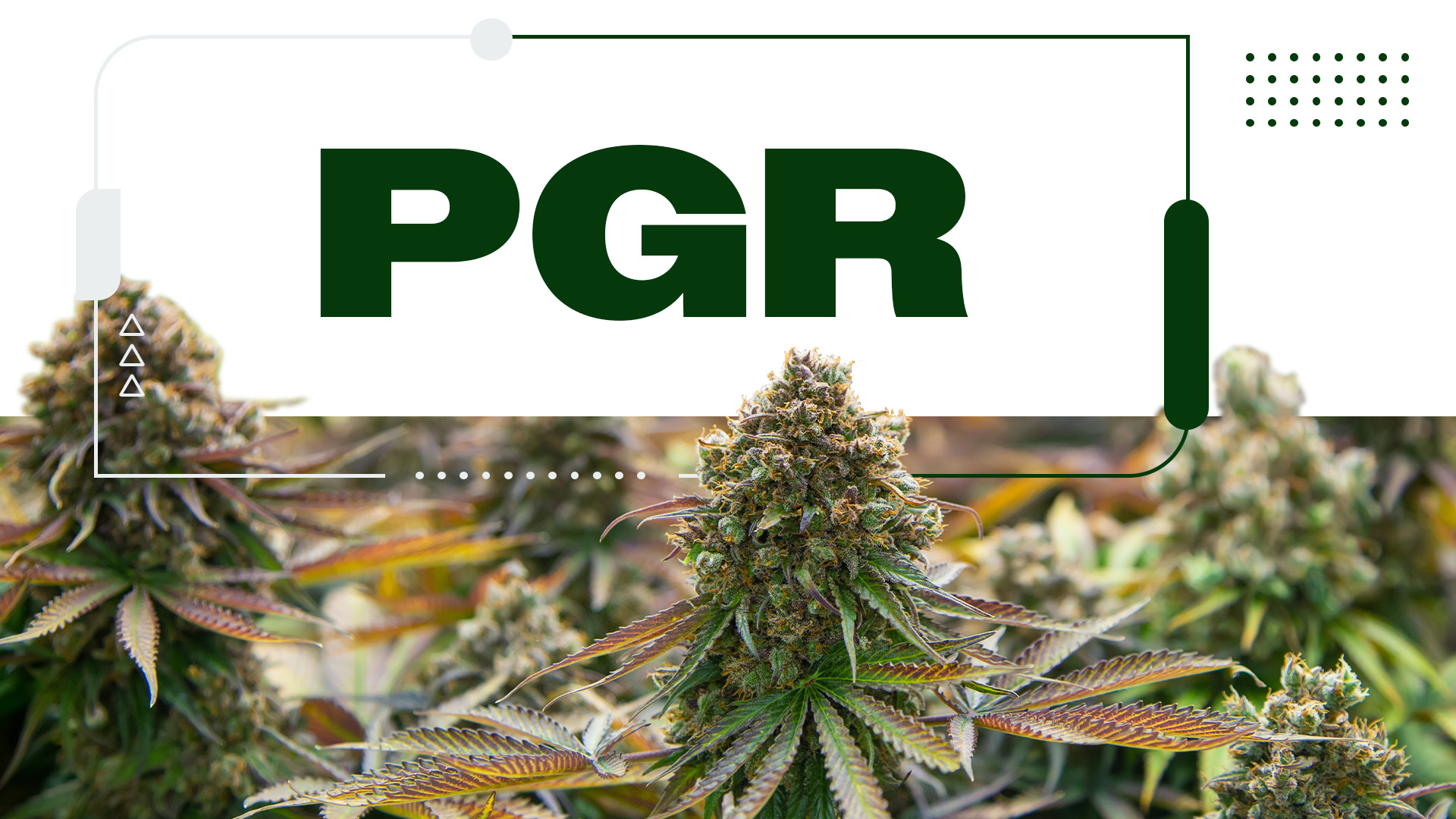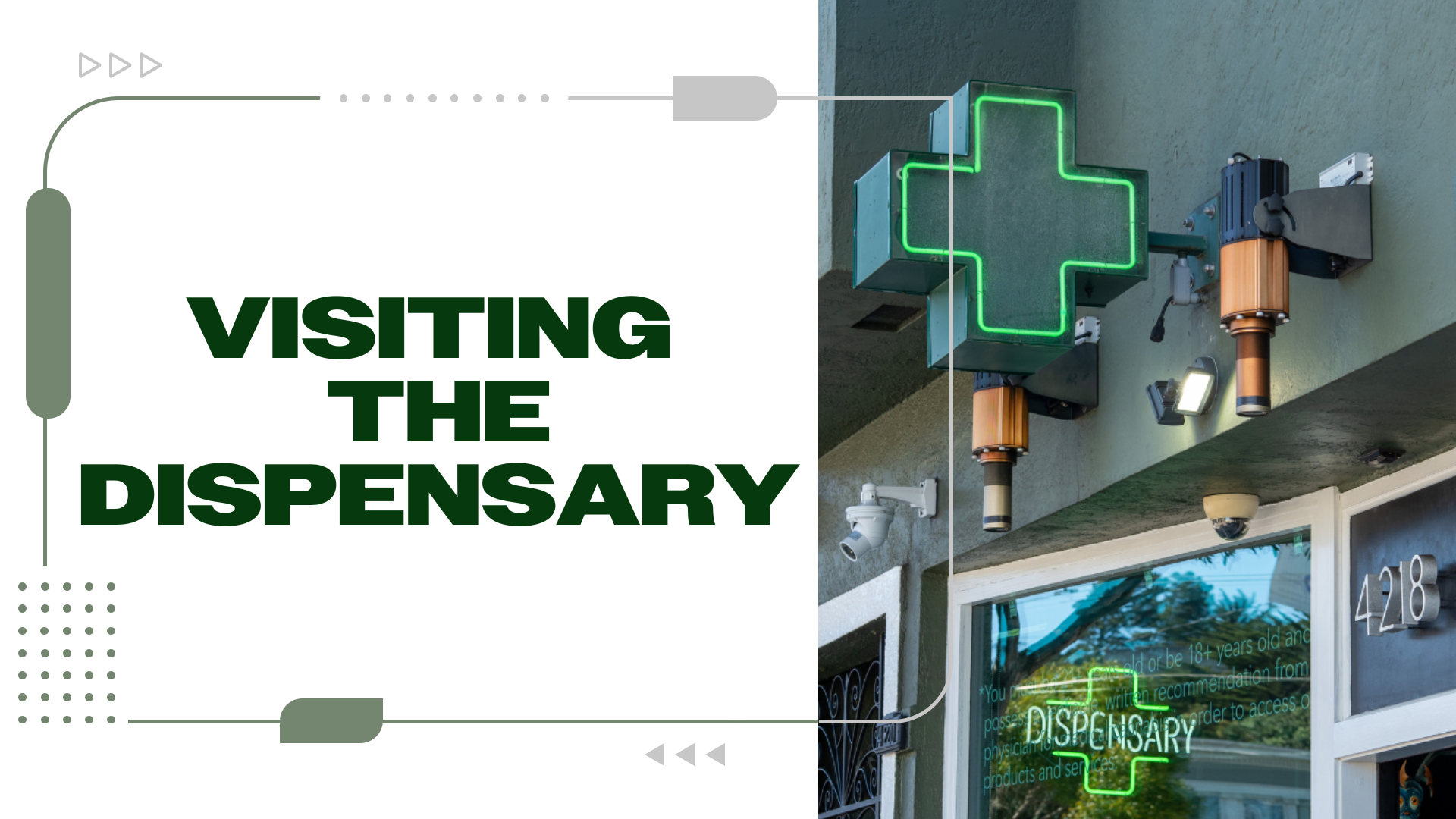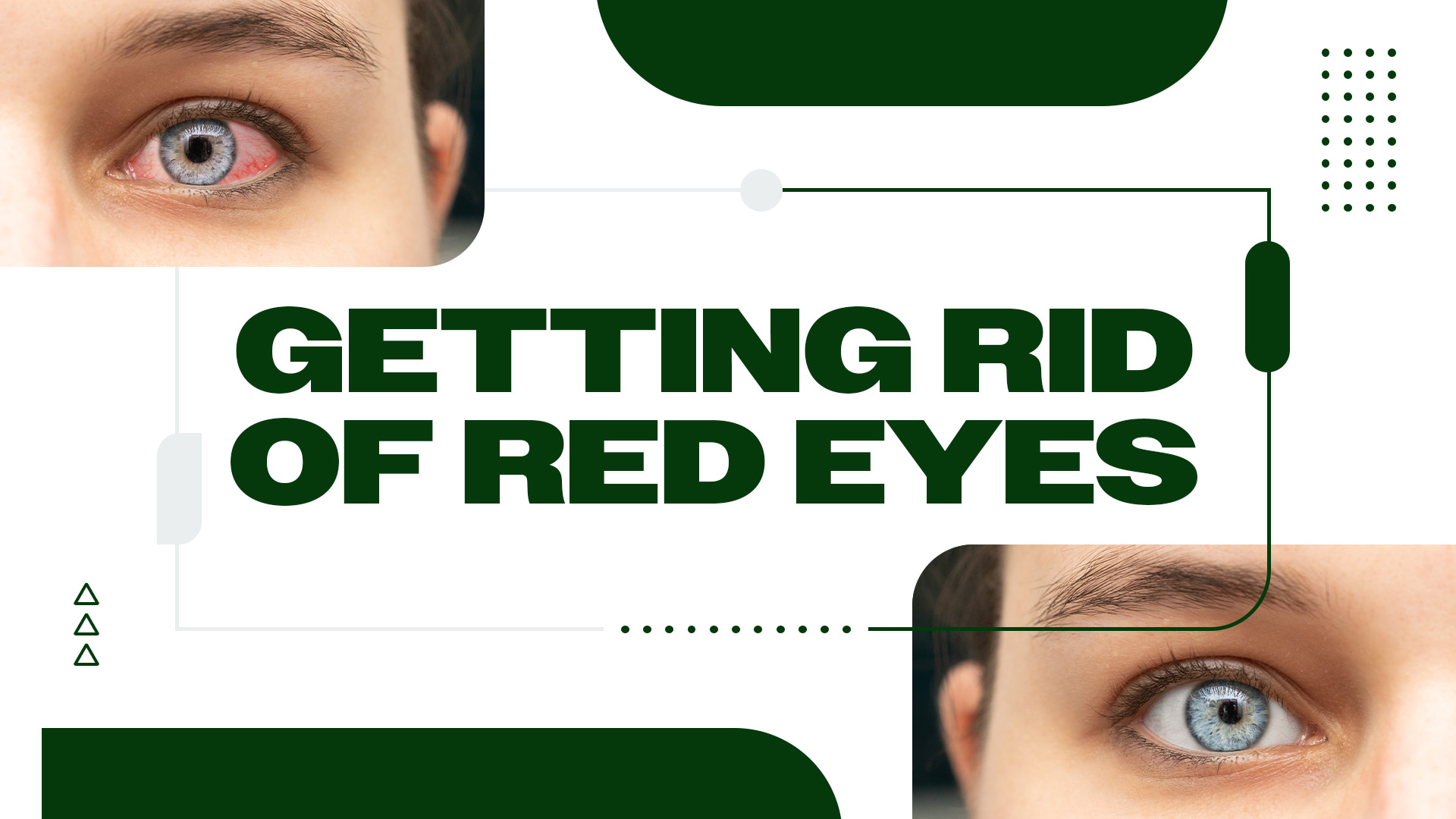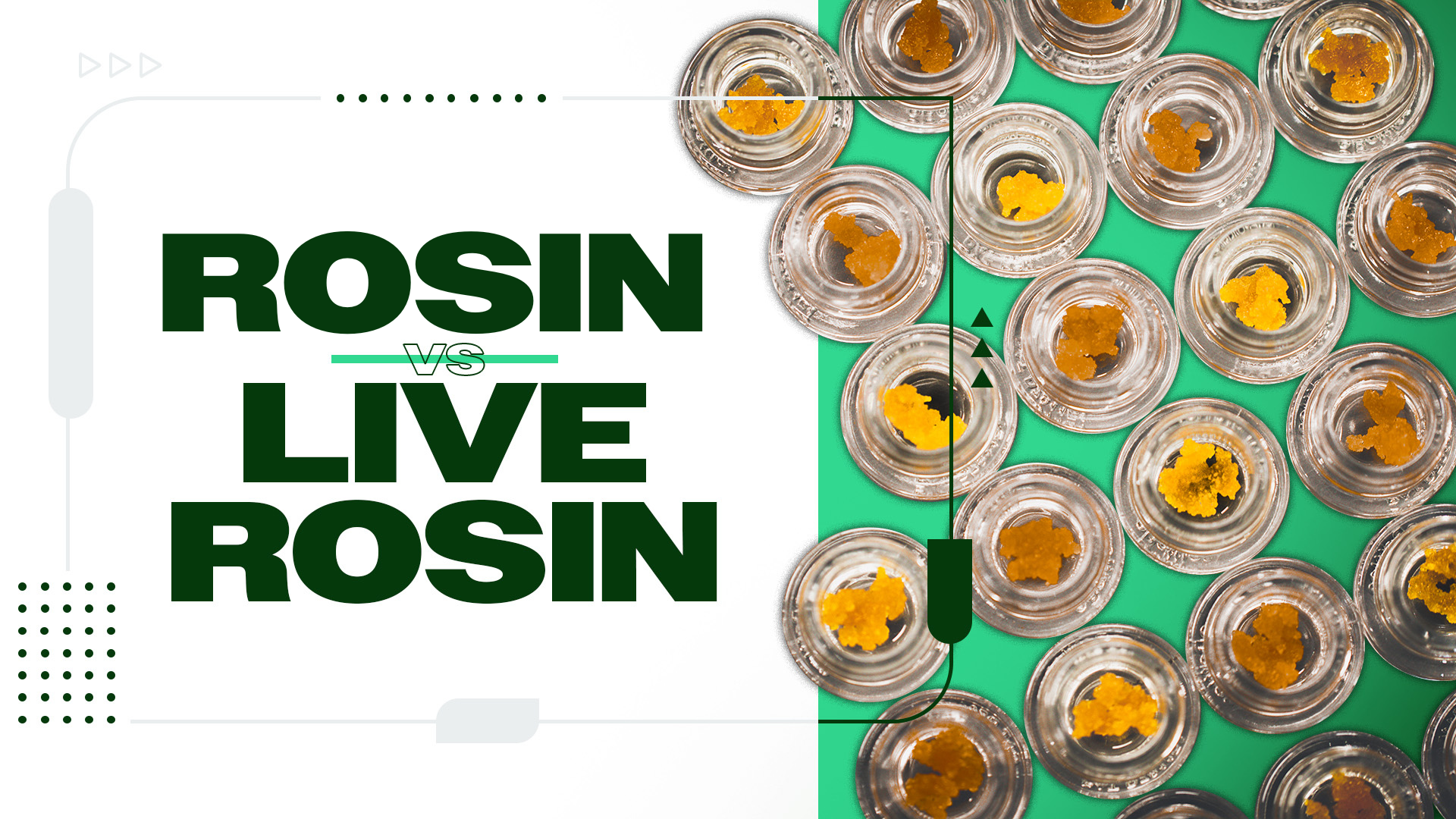Recent developments in drug-delivery mechanisms have allowed for the emergence of “fast-acting” or “rapid onset” cannabis-infused edible gummies, seltzers, tablets, and other products. As intriguing as these new products may seem, their newness means consumers — naturally — have questions like:
- What makes this new class of edibles different from traditional cannabis-infused edibles?
- Why do these edibles produce effects faster?
- Do fast-acting edibles feel different than traditional edibles?
In this article, we will answer some frequently asked questions and discuss all the benefits that fast-acting edibles offer. Whether you are an experienced edible enthusiast or a newcomer, our comprehensive guide will help you decide if fast-acting edibles are right for you.
Fast-Acting Edible FAQs
How Long Do They Last?
The biggest difference between rapid-onset edibles and traditional edibles is the amount of time it takes to feel the effects. With traditional edibles, onset times can vary between 30 minutes to two hours or longer. The effects typically last 6-8 hours.
Fast-acting edibles, meanwhile, have onset times between 5-30 minutes. The effects of these edibles last between 2-4 hours.
Why Are They Faster?
The biggest reason traditional edibles take so long to kick in is that they have to make their way through the entire digestive system. Because of this, the onset of traditional edibles is affected by how much you have eaten recently. Further, an individual’s metabolism can also speed up or slow down absorption. Frustrated at long onset wait times, some consumers may eat more cannabis than they can handle leading to unwanted effects.
Why You Should Get Your Medical Marijuana Card
Veriheal has satisfied millions of patients nationwide by giving them access to these benefits
- Larger purchase limits
- Peace of mind
- Enhanced legal protection
- Access to higher potency strains
- Save up to 25% on cannabis purchases
- Skip the line at the dispensary
In contrast, fast-acting edibles bypass the digestive system entirely, entering directly through the bloodstream. This is achieved through various mechanisms like:
- Absorbing THC sublingually (under the tongue)
- Through the lining of the mouth
- Through the stomach lining
Fast-acting edibles’ quick absorption is made possible by a production process called nanoemulsification. This process breaks down cannabis oils into tiny, water-soluble droplets. These droplets are small enough to pass through digestive membranes and enter the bloodstream more efficiently.
Do They Feel Different?
Since fast-acting edibles minimize the conversion of delta-9-tetrahydrocannabinol into 11-hydroxy-THC, their effects differ from the effects of traditional edibles. 11-hydroxy-THC is a metabolite, a substance produced during digestion. This substance, reportedly, is more potent. As such, it produces more intense psychoactive effects as well as a pronounced relaxing effect. This is the reason that traditional edibles are associated with a “body high” — something which makes them helpful for treating pain and poor sleep.
Fast-acting edibles, in comparison, deliver effects that are more similar to those achieved by smoking. This is because smoking cannabis delivers delta-9-THC directly to the bloodstream via the lungs. Because fast-acting edibles release delta-9-THC into the blood without first passing through the liver, these edibles produce uplifting, energetic effects that improve mood, promote creativity, and support concentration.
Are Fast-Acting Edibles Right For Me?
Fast-acting edibles are a good option for people who do not want to smoke but are looking to benefit from the effects of smoking cannabis. They are also a great alternative edible for people who do not want the effects of cannabis to be sustained for many hours.
That said, fast-acting edibles may lack some of the same therapeutic offered by traditional edibles. Individuals who want an edible that will help with sleep or pain management may want to stay away from fast-acting edibles.
Author, Share & Comments











